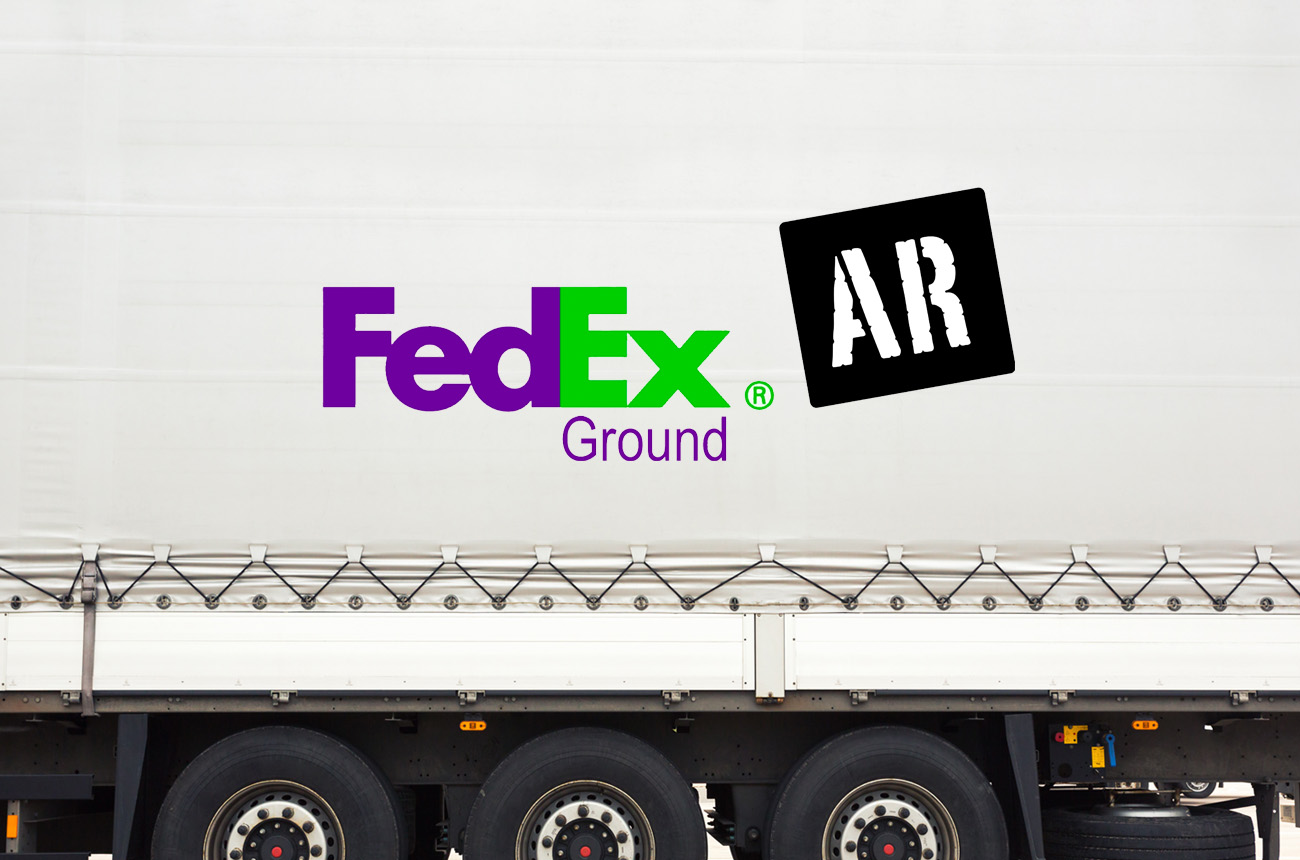I felt that being our project manager would streamline our process because a large part of the lens required coding or technical skills that I lacked. Plus, when one person takes over managing deadlines, it makes it easier for other teammates to focus on their task.
So, while I couldn't help as much as I would have liked to on the engineering side, focusing my energy on providing whatever support Kamili and Kyle needed (like UX, image manipulation, graphic design, and very minor 3D modeling, to name a few) was the next best thing for me to do.
We used a variety of tools like Trello, Google sheets, and Miro to keep track of progress. Everyday I would check in with Kamili and Kyle to see what they needed from me and to update them on where we were on our deadlines.
Once an asset or step was completed, I updated our timeline and we celebrated the achievement. Honestly, I learned a lot working so closely with engineers. Kamili and I have the same problem solving brain, but the way we attacked the problem was different (she's very technically analytical while I thought more about the "what" and the "why").
Working with Kamili and recognizing how similar we are, while how we were able to fill each others' gaps was my favorite part of this project.
























